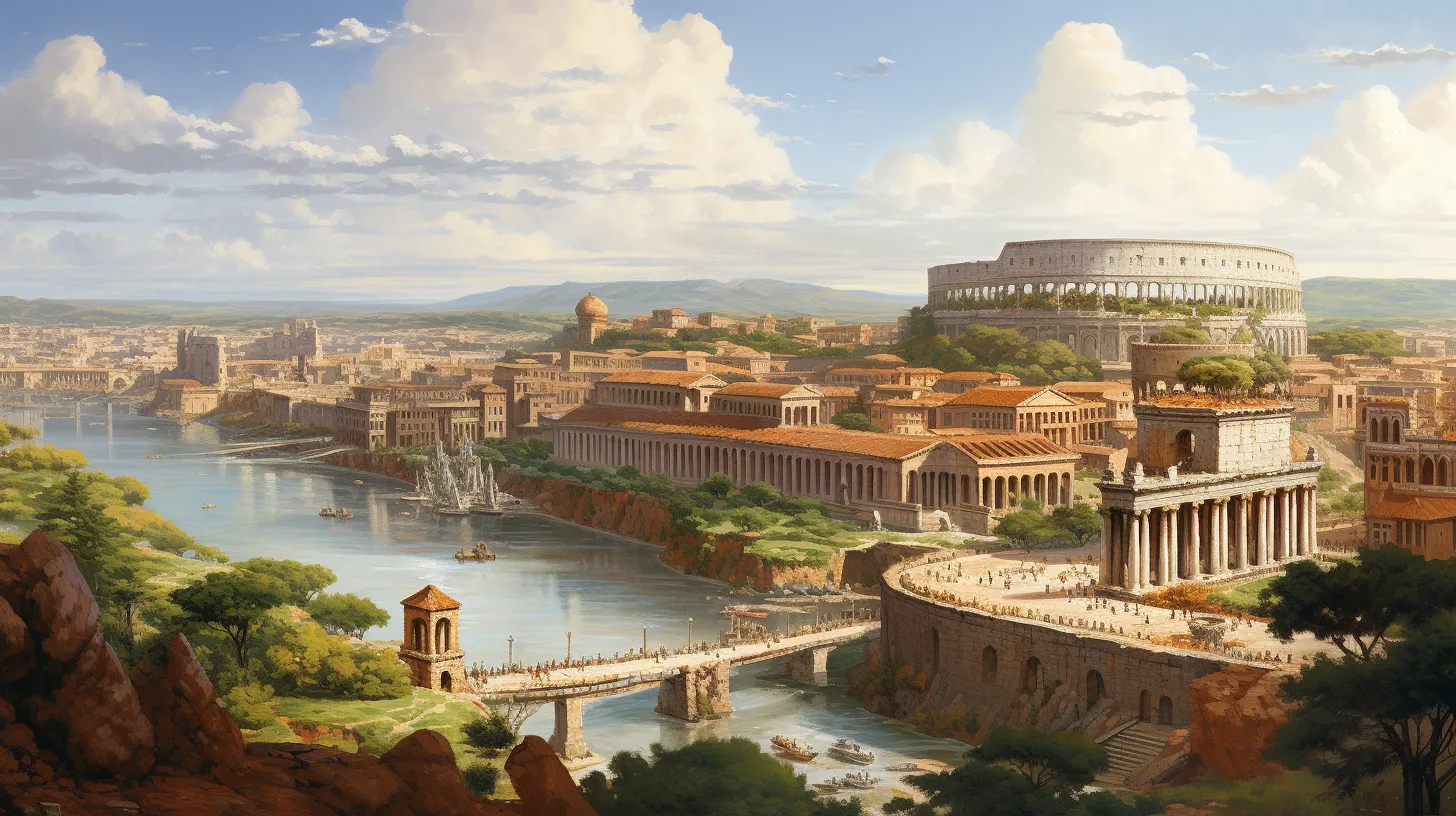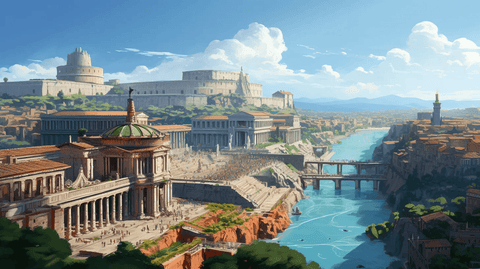
Roman Empire: Artifacts from the Grand Epoch of Imperial Elegance (27BCE - 476CE)
Embark on a journey through the Roman Empire with our collection of authentic artifacts. Revel in the legacy of an empire that spanned continents, shaped cultures, and left an indelible mark on the annals of history.
The Roman Empire - a monumental period that began with the crowning of Augustus in 27 BC and lasted until the fall of the Western Roman Empire in AD 476. This era stands as a testament to Rome's unparalleled political prowess, architectural grandeur, and cultural influence.
Key Highlights:
- Pax Romana: The first two centuries AD marked a period of relative peace and stability across the empire, fostering trade, art, and cultural exchanges.
- Architectural Marvels: From the Colosseum in Rome to the aqueducts of Segovia, Roman engineering and architecture set standards for millennia to come.
- Cultural Melting Pot: The empire, with its vast territories, became a crucible for cultural fusion, blending Roman traditions with local customs.
- Legions and Frontiers: The might of the Roman legions was felt from the sands of Egypt to the cold frontiers of Britannia and Germania.
Regions: The Roman Empire's vast expanse touched three continents:
- Europe: Spanning from the British Isles to the Balkans, including the heartland of Italy.
- Africa: Encompassing the rich provinces of North Africa, including Egypt, Carthage, and Cyrenaica.
- Asia: Stretching from the Levant to Asia Minor, with provinces like Judea, Syria, and Cappadocia.
Valued Materials: The Romans, with their vast resources and trade networks, cherished a plethora of materials:
- Marble and Stone: Widely used for statues, public buildings, and monumental inscriptions.
- Gold and Silver: Employed extensively for coinage, jewelry, and luxury items.
- Olive Oil and Wine: Central to Roman cuisine, trade, and cultural rituals.
- Silk and Spices: Imported from the East, these were symbols of wealth and opulence.
Relevant Time Periods: The history of the Roman Empire can be segmented based on significant epochs and events:
- Principate (c. 27 BC–AD 284): The early phase of the empire, marked by the rule of emperors from Augustus to Diocletian, and characterized by relative stability.
- Dominate (c. AD 284–476): Beginning with Diocletian's reforms and leading to the empire's division into East and West, culminating in the fall of the Western Roman Empire.
- Byzantine Era: The continuation of the Eastern Roman Empire, centered in Constantinople, which preserved Roman traditions for another millennium.
Step into our curated collection of Roman Empire artifacts, each echoing tales of emperors, senators, gladiators, and everyday Roman life. From intricate mosaics depicting mythological tales to finely crafted jewelry and coinage, immerse yourself in the rich heritage of an empire that once bridged the known world.







